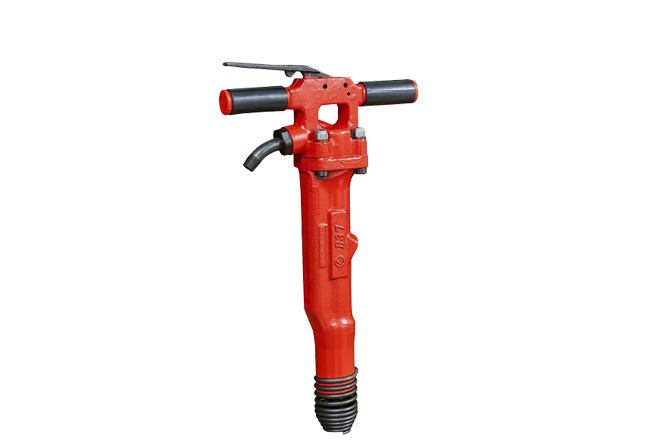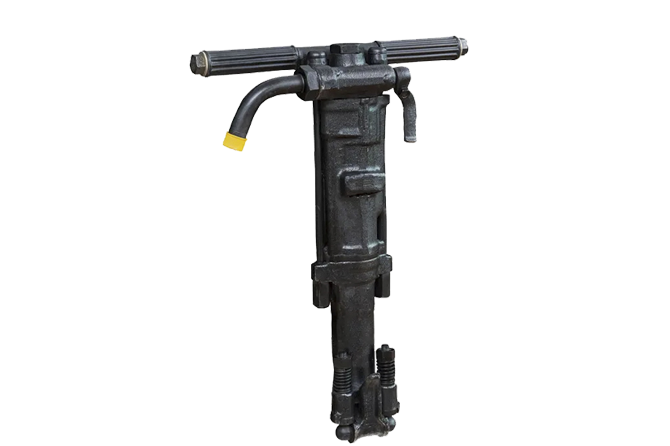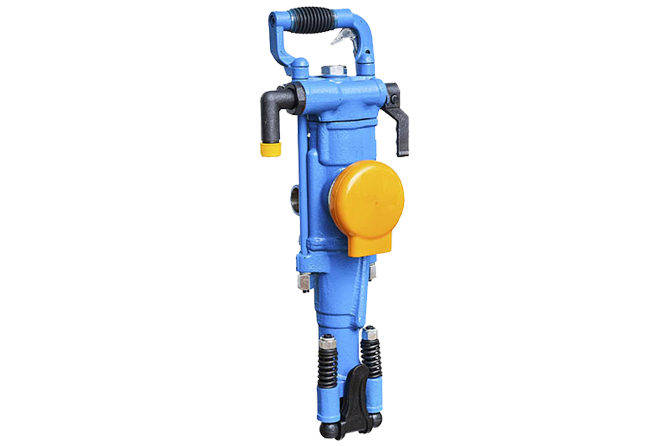Embedded at the tip of its metal blade is a chisel, a specialized tool crafted for carving, cutting, and crafting shapes out of wood, metal, and stone.
As far back as the Bronze Age, craftspeople began to fashion blades out of bronze – affectionately known as chisels – and used them for cutting wood. To improve their versatility, the resulting instruments were frequently equipped with a handle.
To support a more refined metalworking process, chisels were redesigned with blades of iron and steel. Thanks to an upgraded hardening and tempering process, these tools were significantly tougher and more resilient.
For the purpose of woodcarving, chisels remain on the frontline of use today; they have been embraced as the preferred solution, when it comes to shaping and cutting wood. Moreover, chisels are still an integral tool in stone carving and metalworking even though they have been altered by power tools for certain occupations.
Derived from the Old French term “cisel,” which translates to “cutting tool”, the word “chisel” has gained a long-standing appreciation in our language and culture. Interestingly, it has also been used to refer to devices utilized specifically for carving ice – otherwise known as an ice chisel.
The three essential components of a chisel are the blade, ferrule, and handle. The edge that does the cutting is the blade, crafted from high-carbon steel for optimal strength and durability. This is attached to the handle via a metal collar known as the ferrule, which reinforces the juncture of both parts. The handle of a chisel can be constructed from wood, metal or plastic and is typically secured in place with either rivets or bolts.
Chisels, as a carving tool, provide a versatile range of functions. Whether you are working with wood, stone, or metal, these tools can be employed to achieve both a rough texture or a precise finish.
For those looking to add intricate detailed carvings to their project, woodcarving chisels are a must-have. From small sizes to larger, more specialized shapes, the range of tools available is considerable. From the classic straight chisel, well suited for general tasks, to the more specific gouge and v-tool, these implements provide an array of options for any carving project.
Chisels crafted from carbide or diamond, with various sizes and shapes, offer the craftsmanship of stone carving. The main types include the point chisel, the flat chisel, and the claw chisel.
Chisels created for engaging in metalworking come in all shapes and sizes. A few of the most frequently employed varieties are the cold chisel, the center punch, and the drift punch.
Chisels are typically coupled with a hammer for effective performance. With sufficient force, the operator can dislodge even tough materials by simply wielding the chisel. If extra power is required, clasping the chisel firmly in hand and swinging the mallet should do the trick, depending on the desired outcome.
To shape wood, the chisel should be kinetically motored perpendicularly to the grain, according to the type of timber. When forming a dovetail joint, the pushing directive should be maintained with the grain, in order to avoid tearing up the timber.
Shaping stone necessitates the use of a chisel with a hammer, which is used to chip away tiny pieces of the material. On which direction the strike is delivered depends on the type of stone in question and what the desired outcome is. For instance, when it comes to chiselling granite, the hammer should generally be wielded on a plane perpendicular to its grain.
When chiseling through metal, it is best to maintain a low angle and strike it with a hammer. The exact angle can vary depending on the kind of metal and what effects are desired. If you are cutting through cast iron, for instance, odds are a 45-degree chisel is your best bet.
A chisel is an instrument with multiple utilizations. With some practice, it can produce finished pieces as well as rugged textures.
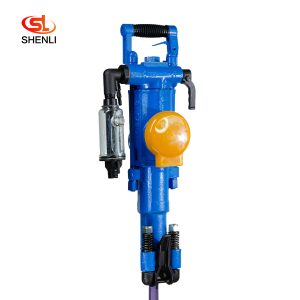
Short Description: YT29A air-legged rock drills are heavy-duty push-leg (air-legged) rock drills with low energy consumption, which are more suitable for drilling horizontal or inc […]
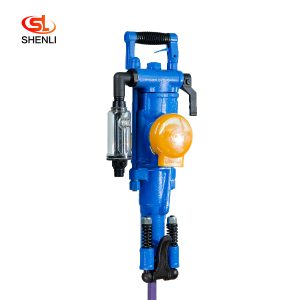
Short Description: The YT28 air-leg rock drill is a kind of high-efficiency, energy-saving and environmentally friendly rock drilling equipment. Compared with similar pneumatic pro […]
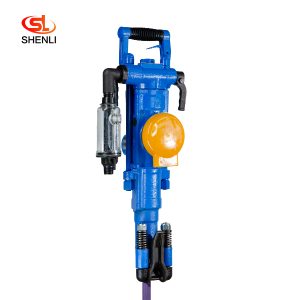
Short Description: The YT27 air-legged rock drill is a highly efficient lightweight rock drill suitable for downward or inclined drilling in medium-hard or hard (f=8 – 18) ro […]
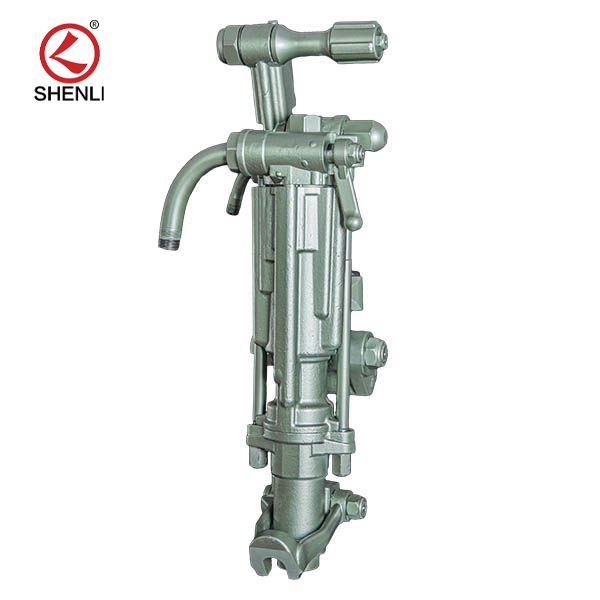
Product description: (S250 jackleg Drill) has been the preferred choice of miners who demand high performance, superior control and lasting reliability. the S250 jackleg allows ope […]
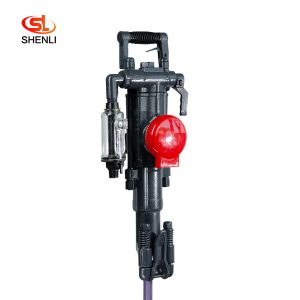
Scope of application: Model S82 air-legged rock drills are heavy-duty air-legged rock drills with high efficiency and low consumption, which are especially suitable for use in the […]
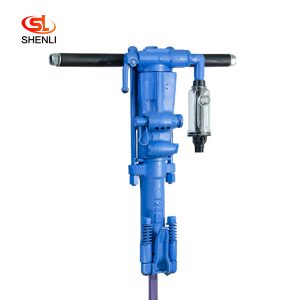
Product introduction Y26 hand-held rock drill is mainly used for drilling shell holes and secondary blasting in mines, railroads, water conservancy, and rock works, which can dry a […]
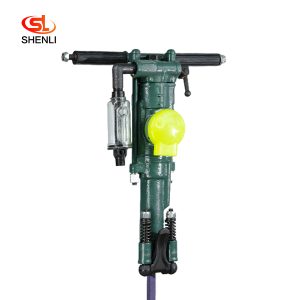
Product description: Y24 hand-held rock drill is a variant of YT24 air-leg rock drill in our factory. It has the advanced level in China and was rated as the high quality product i […]
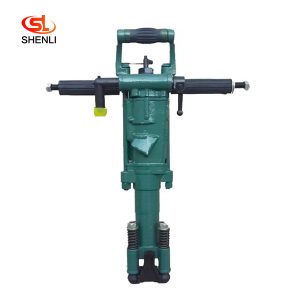
Product description: Y20LY hand-held pneumatic leg dual drill is a kind of light rock machinery, which can be used in secondary blasting in mines and quarries as well as in stone w […]
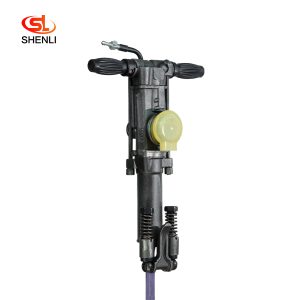
Product Description: Y18 hand – held and air – leg drill is suitable for drilling and blasting holes on soft, medium and hard rocks and W-1.5/4, W-1.8/5, W-2/5 and othe […]

